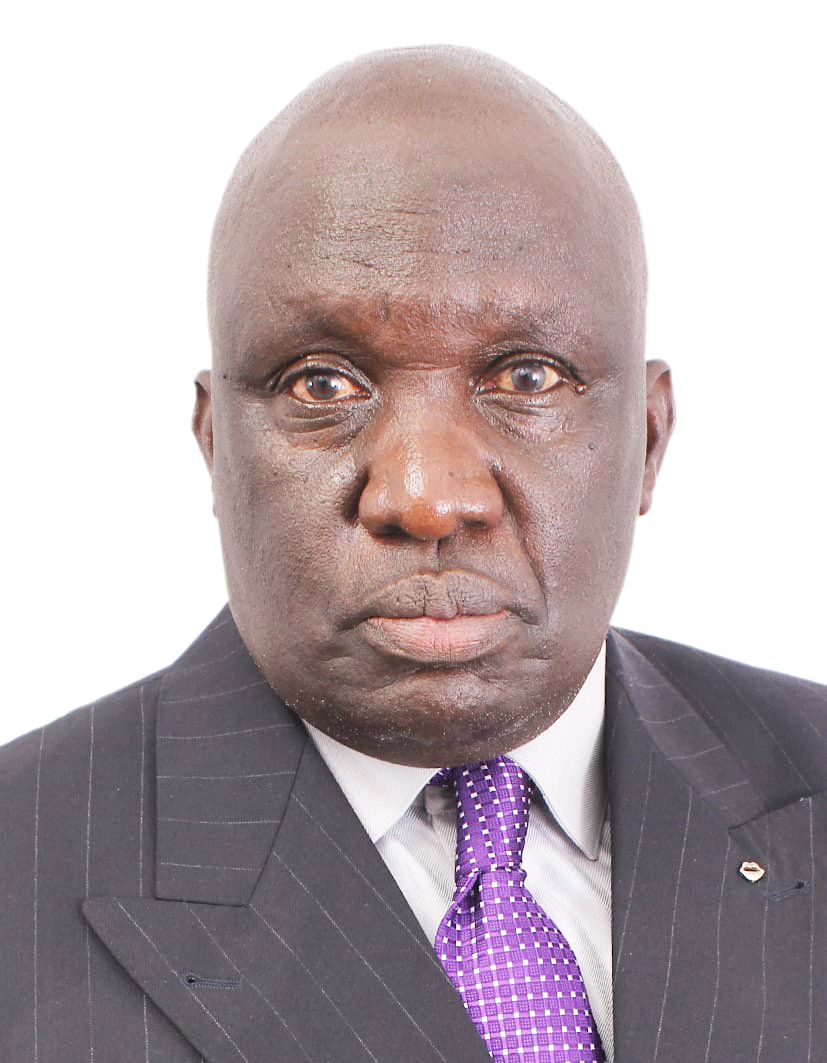By Ben Oroko
Have you ever felt like you are extra-ordinarily spending a lot of time meeting your Board members or delegates, time which you cannot get back and which you could have instead used completing an organizational project or attending to your family engagements?
Naturally, meetings are a necessary management tool, yet they are time and resource wasters due to failures and loss of focus on the intended objectives and goals.
As a CEO of an organization, it often becomes a challenge to balance time. Consequently, it is important for the team leaders of various organizations to restructure the way they conduct their meetings, since it impacts not only on the time spent discussing the business of the day, but also on the outcomes related to the same.
Both public and corporate management experts argue that smart team leaders run successful and efficient corporate meetings by putting in place a clearly defined framework.
In this case, the experts have identified the following tips on how successful meetings can be run to achieve the intended objectives and goals.
Starting off strong
For any meeting to achieve its objectives, it must maximize engagement among participants by setting the tone for the upcoming business through building rapport with the other person or entire group. This can be achieved through use of health talks among participants to raise overall energy and set everyone on the road to success. It is not advisable for team leaders to jump into the seriousness of the day’s business straight away without setting a conducive atmosphere among participants.
Clear intention
Before getting into details, the team leaders and facilitators must make sure they are clear on the desired outcome and the purpose of the meeting. It is important that they share the agenda with everyone involved to speed up the process and avoid distractions.
Consequently, let the facilitators and participants propose a clear outline of the amount of time they plan to spend on each topic without limiting time for questions at the end. Apportioning a certain amount of time to each subject allows them to stay accountable to their intention and communicate the importance of each topic on the agenda.
Leaders speak last
It is a tradition in the civilized societies that great leaders are aware of the benefits of letting everyone else speaks first. Not only do they gain an amazing insight into how others look at a situation, but they also build trust by making them feel heard and accountable. Instead of forcing your commands on the team members and just giving instructions, listen actively to what everyone has to say, and use that information to solve possible challenges. This encourages engagement, leading to critical thinking and respect.
Acknowledge and validate
Talking and sharing your personal opinion is easy and requires little skill. Listening actively, on the other hand, is an art that has not been mustered by many team leaders, especially in critical business environments where not everyone feels comfortable expressing their concerns and opinions. In such circumstances, many issues could be avoided by improving the quality of communication among stakeholders. Therefore, team leaders must critically pay attention to body language, tone of voice and what is being communicated between the lines.
Next, make the speaker feel heard and understood. Acknowledge what’s been said by reflecting back and then validating their opinion, even if you don’t agree. This is essential to great leadership and will open up many doors for you when it comes to influencing others. When people feel understood and safe, they are more likely to open up and consider compromises.
Ask questions
The person who asks questions is in control of the conversation. It is instructive that team leaders and participants do not worry about going off track with a conversation in a meeting. Another advantage of a team leader letting others speak is that you are actually in control of where the conversation goes. When you encounter the problem of someone losing focus, ask them how the subject is relevant to the agenda ratified at the beginning of the meeting.
Share and ask for feedback
As the CEO, it is normal that people will look up to you for guidance, suggestion and inspiration. After letting everyone speak, don’t ever be quiet about what you have to say and your opinion. Make sure you ask for feedback from the participants. Finally, come to a conclusion that creates a true win-win situation for everyone involved.
Set clear outcomes
Before wrapping up the meeting, go an extra mile to summarize the discussion and ensure everyone is clear on the outcome and the next plan of action. Acknowledge the progress made, celebrate the results and have everyone walk away with positive energy.
The writer is a communication practitioner and correspondent based in Kisii.


